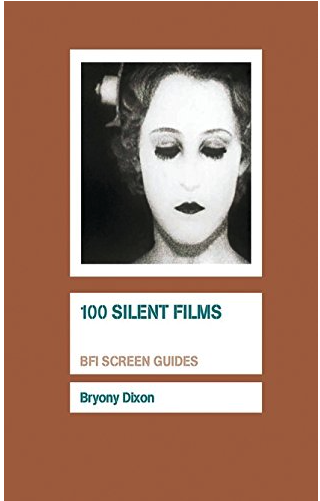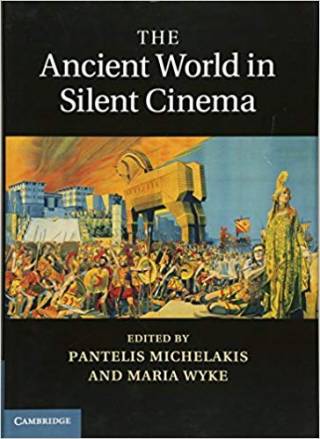
Classical antiquity (the cultures of ancient Greece and Rome) provided cinema from its inception with a powerfully privileged site for the exploration of a past perceived to be the origins and cultural heritage of the Western world. Silent cinema (encompassing a period from the 1890s to the 1920s) played a fundamental role in the modern creation and dissemination of knowledge about that past within and across national, cultural and linguistic boundaries. Cinema offered its global audiences a radically new, astonishingly creative, and swiftly iconic way of experiencing classical antiquity that was related to, but distinct from, its reconstruction in high cultural forms (such as the novel, theatre, opera, painting, dance and sculpture). The classical past was brought into the present day moving in time and space, embodied by actors, and emotionally coded by colour and musical accompaniment. Thanks to cinema, classical antiquity was rendered a powerfully immersive democratic dreamworld while, thanks to classical antiquity, cinema could lay claim to the status of an educative art - a 'museum of dreams' as in the title of this AHRC-funded project.
The Team comprises PI Maria Wyke (UCL), PDRA Aylin Atacan (UCL), Co-I Ivo Blom (Vrije Universiteit Amsterdam), and Co-I Bryony Dixon (BFI). We will produce a cohesive, interdisciplinary and comparative study of the encounter between classical antiquity and silent cinema. Museum of Dreams will ask how that encounter shaped both the cultural memory of classical antiquity in the modern world and the history of cinema as a global medium. It will investigate silent films concerning classical antiquity as aesthetic works, commercial forms of entertainment and instruments of mass education - an education that, in its frequent imaginative focus on women and slaves and address to audiences diverse in gender, ethnicity and class, appeared to challenge the authority of elite cultural institutions like the public school or museum. The project will use as a representative and manageable corpus the largest collection of surviving films, those in the British Film Institute's National Archive. At least 70 catalogued prints have ancient Greece or Rome as their focus and range widely in date, genre and country of origin. The project will be the first systematically to investigate these unparalleled holdings as engagements with classical antiquity. By these means, Museum of Dreams will establish a better understanding of both the modern reception of classical antiquity and the transnational history and cultural status of silent cinema. By focusing on the BFI holdings, the project will also situate the UK firmly within the global network that produced, exhibited, consumed, and curated the classical antiquity films of the early twentieth century, and establish for those films an important educational legacy in the twenty-first century.
Museum of Dreams will considerably enrich understanding of the role of classical antiquity in British culture in the early twentieth century compared to other countries and the process whereby access to it was democratised. It will provide deeper knowledge of the cultural function ascribed to silent cinema, its national characteristics, transnational exhibition and localised consumption. By presenting its findings in a linked-data research website that will also provide easy access to at least 30 digitised prints, and through other publications, workshops and screenings, the project will bring attention to the importance of the BFI holdings and stimulate further research into them and, more broadly, into how the distant past can be recalled through modern media. The project's interdisciplinary and comparative approach will directly benefit the international community of film archivists as well as multiple constituencies of scholars. Engagement in the project of professional stakeholders (architects, teachers, museum curators, and media practitioners) will better enable the creation of educational resources - and a legacy for these films that will last well beyond the lifetime of the project.





 Close
Close

